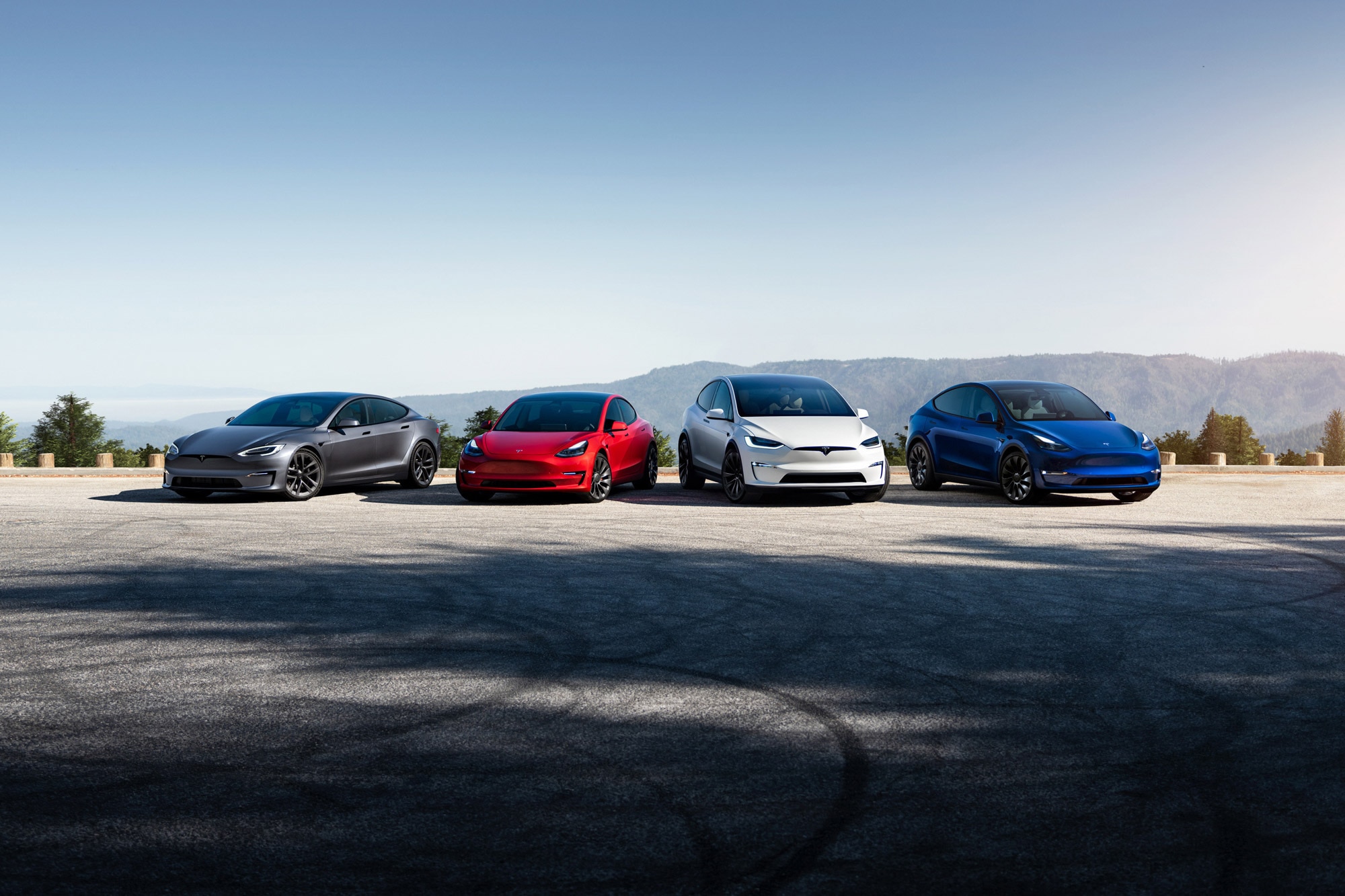What Is Tesla's Autopilot Recall?
The electric-car leader attempts to address safety concerns over its Autosteer safeguards.
 Tesla
Tesla
Tesla, the Texas-based pioneer in the electric-car space, recalled more than 2 million of its cars sold in the United States in December 2023 to confront problems within its Autopilot system and how it interacts with the human driver. The recall involved a mid-December over-the-air software update that increased warnings to motorists to pay attention to the road when the car detects drivers not holding their steering wheels and/or not paying attention.
It's a dramatic step — that figure represents almost every car the company has put on the road in the U.S. since 2012, including Tesla models 3, Y, S, and X — and comes after a two-year probe by the National Highway Traffic Safety Administration (NHTSA) of about 1,000 accidents involving Tesla vehicles.
Tesla's Driver-Assistance Tech Explained
Tesla offers three levels of advanced driver-assistance systems (ADAS). Buyers can specify all three levels on any new Tesla model and can add the technologies to older models, too.
The foundational driver-assistance system, which the automaker calls Autopilot, is standard on all new Tesla models and includes two components: Autosteer and Traffic-Aware Cruise Control (TACC). Autosteer is a lane-keeping function. TACC allows the car to manage its speed. Tesla designed both for highway driving where traffic flows steadily and lanes are clearly marked.
The next tier, Enhanced Autopilot, adds a suite of features, including the car's ability to autonomously parallel or perpendicular park and to assist in changing lanes or getting on and off highways. It also has Summon, a feature where the car comes out of its parking space on command from a mobile app or key.
The top tier is Full Self-Driving Capability. In addition to the other ADAS features, Full Self-Driving Capability extends the Autosteer option to surface streets. It gives the car the ability to detect stop signs and traffic lights.
The Recall Is Designed to Address Problems With Tesla Autopilot
The mid-December 2023 recall addresses defects with Autopilot. NHTSA found owners have been able to engage the feature in places or situations in which it is unsafe to passengers, other cars, and pedestrians — on surface streets; on winding, poorly marked roads; and in inclement weather.
Tesla has long maintained that the fault for misuse of its self-driving technology lay with vehicle operators. On its website and manuals, the company specifies that the Autosteer component of Autopilot is "intended for use on controlled-access highways" with "a center divider, clear lane markings, and no cross traffic." The software notes regarding the recall updates state: "You are the driver. As the driver, you must be vigilant to the road, keep your hands on the wheel, and be ready to intervene to maintain safety."
NHTSA and Tesla negotiated this voluntary recall to address the concerns with Autopilot.
The Software Update Adds New Warnings and Alerts For Drivers
The software update, which Tesla can deliver over-the-air to affected vehicles, amps up warnings to drivers. According to NHTSA documents, Tesla says the cars will now alert drivers to pay attention if the vehicles detect no hands gripping the steering wheel or the drivers are not paying attention to the roadway. The software release notes indicate this includes, for Model 3 and Y, "improved visibility of driver monitoring warning alerts on the touchscreen by increasing the text size and moving the notifications to a more prominent position."
Finally, the company's notes indicate the updated software creates a system to turn off Autopilot if the car detects it is being misused. The Autopilot system stops working for a week if the car logs five such "Forced Autopilot Disengagements."
NHTSA says it is evaluating the software update but is keeping its Tesla investigation open to monitor whether the fixes solve the issues.
Written by humans.
Edited by humans.
 Steve Friess
Steve FriessSteve Friess is a veteran freelance journalist and author based in Ann Arbor, Michigan. His career has included breaking the butterfly ballot story during the 2000 presidential election, spending months covering the SARS outbreak in China, and launching two of the earliest hit independent podcasts. He is a regular contributor to several national newspapers and magazines, and his byline has appeared on work reported in 15 countries and all 50 states. His first car was a new 1992 Saturn, but these days he and his husband haul their two toddlers around in a Mercedes GLC 300.
Related articles
View more related articles